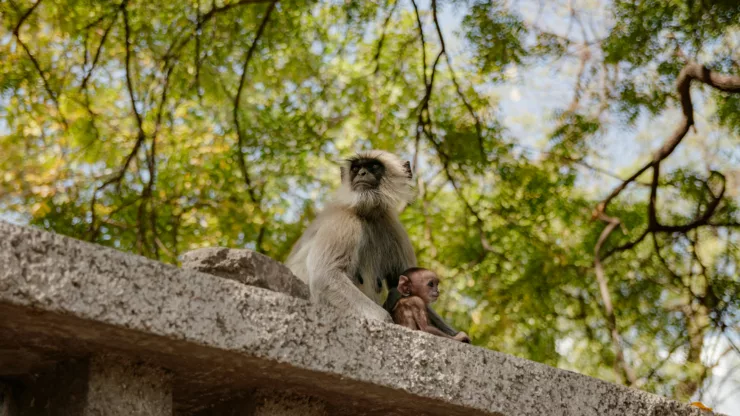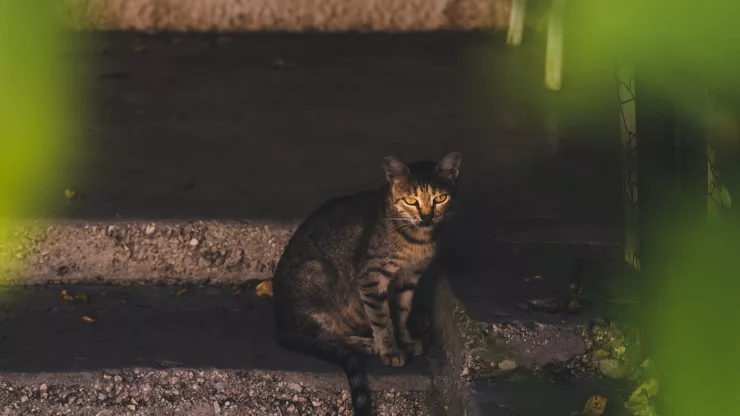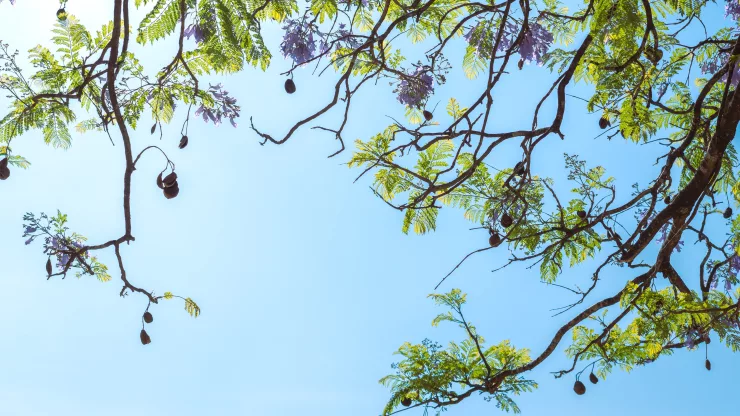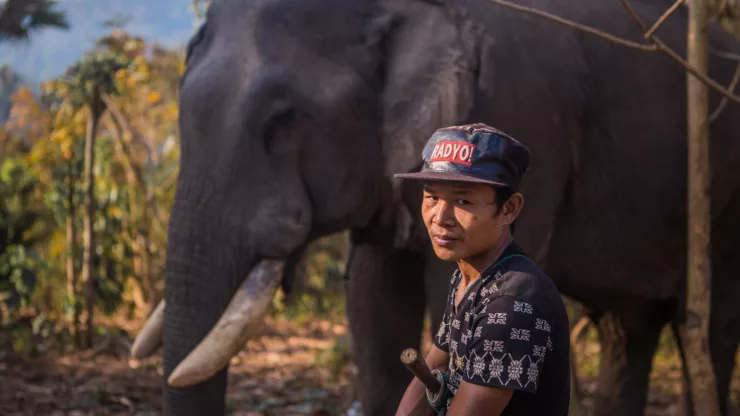Urban wildlife may not be the first thing that comes to mind when thinking about city living, but it plays a crucial ecological role in maintaining the delicate balance of urban ecosystems.
From controlling pest populations to pollinating plants, urban wildlife serves as a vital component of our cities.
In this article, we will explore the ecological role of urban wildlife, the effects of urbanization on wildlife populations, the benefits of encouraging urban wildlife, and best practices for coexisting with these animals.
Jump to Section
Introduction
Urbanization has resulted in the creation of new habitats for wildlife in our cities.
Urban wildlife refers to animals that have adapted to living in urban environments, including birds, mammals, reptiles, and insects.
These animals play an essential role in maintaining the ecological balance of urban ecosystems.
Understanding the Important Ecological Role of Urban Wildlife
How Urban Wildlife Helps Maintain Ecosystem Balance
The Predatory Role of Urban Wildlife in Controlling Pest Populations
Urban wildlife helps to control pest populations in cities.
For example, birds such as hawks and falcons prey on rats and mice, while bats consume large quantities of mosquitoes and other flying insects.
By controlling pest populations, urban wildlife helps to reduce the spread of disease and damage to property.
The Role of Urban Wildlife in Seed Dispersal and Pollination
Urban wildlife also plays an important role in seed dispersal and pollination. Bees, butterflies, and other insects are essential pollinators for many plant species, including those found in urban areas.
Birds and other animals help to disperse seeds, which allows for the growth of new plant species in urban environments.
The Influence of Urbanization on Wildlife Populations
The Effects of Urbanization on the Habitat and Behavior of Urban Wildlife
Urbanization has had a significant impact on wildlife populations, as many species have had to adapt to living in urban environments.
Urbanization has resulted in the destruction of natural habitats, leaving many animals with limited options for survival.
As a result, urban wildlife has had to adjust their behavior and diets to survive in cities.
The Importance of Conservation Efforts to Support Urban Wildlife
Conservation efforts are crucial to support urban wildlife populations.
These efforts include protecting natural habitats, creating wildlife corridors, and promoting responsible wildlife management practices.
By supporting urban wildlife populations, we can help to maintain the ecological balance of our cities.
The Benefits of Encouraging Urban Wildlife in Cities
The Positive Impact of Urban Wildlife on Human Health and Well-Being
Encouraging urban wildlife in cities has numerous benefits for human health and well-being. Studies have shown that exposure to nature can reduce stress levels and improve mental health.
Additionally, urban wildlife can provide educational opportunities and promote a sense of community among city residents.
The Economic Benefits of Urban Wildlife Tourism
Urban wildlife tourism can also provide economic benefits to cities. Wildlife viewing tours and other nature-based activities can attract tourists and generate revenue for local businesses.
Best Practices for Coexisting with Urban Wildlife
Tips for Creating Wildlife-Friendly Landscapes and Habitats
Creating wildlife-friendly landscapes and habitats can help to encourage urban wildlife in cities.
Planting native plants, providing nesting boxes and bird feeders, and creating water sources are all ways to attract urban wildlife to your property.
Strategies for Minimizing Negative Interactions between Humans and Urban Wildlife
Minimizing negative interactions between humans and urban wildlife is essential for promoting responsible wildlife management practices.
Strategies for doing this include securing trash cans and compost bins, keeping pets indoors or on a leash, and avoiding feeding wildlife.
The Importance of Education and Outreach in Promoting Responsible Wildlife Management
Education and outreach are critical to promoting responsible wildlife management practices.
By educating the public about the importance of urban wildlife and providing information on how to coexist with these animals, we can help to minimize negative interactions and support the long-term survival of these species.
Frequently Asked Questions
What are some common types of urban wildlife?
Common types of urban wildlife include birds, squirrels, raccoons, opossums, rabbits, and various species of insects.
Why is it important to conserve urban wildlife populations?
Conserving urban wildlife populations is essential for maintaining the ecological balance of our cities and promoting human health and well-being.
What are some best practices for coexisting with urban wildlife?
Best practices for coexisting with urban wildlife include creating wildlife-friendly habitats, securing trash cans and compost bins, keeping pets indoors or on a leash, and avoiding feeding wildlife.
How can I get involved in supporting urban wildlife conservation efforts?
You can get involved in supporting urban wildlife conservation efforts by volunteering with local conservation organizations, donating to wildlife conservation causes, and advocating for responsible wildlife management practices in your community.
Conclusion
Urban wildlife plays a crucial role in maintaining the ecological balance of our cities.
By understanding the importance of urban wildlife, promoting responsible wildlife management practices, and supporting conservation efforts, we can help to ensure the long-term survival of these species and promote a healthier, more sustainable urban environment.
I’m a nature enthusiast and creator of Metro Wilds and have spent years exploring the great outdoors.
With a passion for environmental conservation and sustainability, I have dedicated my career to writing about the beauty and wonders of nature, as well as the threats facing our planet.
Contact me at [email protected] for assistance.





